The global online sales of FMCG products is expected to hit 118 billion euros globally, by the end of 2025
The past decade has seen a sea of changes. The new concept of online shopping has hit the market hard and this is what is helping boost FMCG sales.
In order to cope up with the challenges of this fast-changing scenario in shopping trends, money is poured into market research to devise uber marketing techniques and strategies to target the new audience.
But you can also build your solution with just an installation.
What is FMCG?
Fast Moving Consumer Goods are the goods and products consumed by us on a daily basis. The list includes toiletries, spices, snacks, packed food and beverages and over-the-counter drugs.
Building FMCG websites with Drupal
In a study, it was found that e-commerce accounts for 4.4% of FMCG sales globally. With days passing, online businesses are growing larger and larger and so companies and brands must reinvent their online strategies to stand out in the crowd.
Leading FMCG companies like Johnson and Johnson, Pfizer, L’Oreal, and their likes trust Drupal for their online presence.
Let’s have a closer look at why and how Drupal adds a new dimension to the FMCG industry.
-
Beautiful Theming
An appealing experience speaks louder than an appalling one.
A design which resonates with your brand, interests and engages with your visitors is what you should indulge your resources in developing.
Citing the article ‘What is beautiful is usable’ by Tractinsky, Katz & Ikar (2000), it is easier to find a direct correlation between the aesthetics of your website to the effectiveness of it.
It’s the psychological effect which drives the visitor to make a transaction or to explore provided possibilities throughout the interface. Every landing page matters.
Regardless of your showcased products, Drupal themes provide sound navigation throughout the categories and sections with in-built hero banners’ section and pop-ups which are definitely customizable.
Additional modules can be further used to build an industry-specific theme. In order to cope up with varied demands, it provides more than two thousand easy and free to use themes on the go.
-
Socialise and Reach With Ease
With Drupal’s Social media share module, you can easily integrate the social media buttons into every landing page of your website. For example - Facebook, Twitter, Snapchat, Instagram, LinkedIn, Pinterest and much more available options as per your social presence.
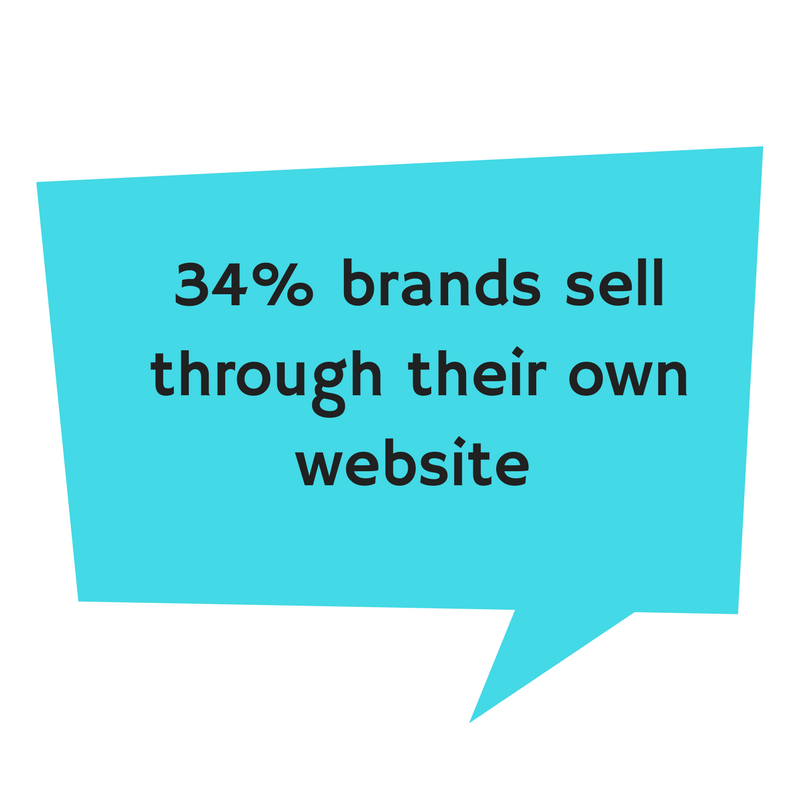
You can reach a crowd of potential customers and help pull the interest of new visitors. Because Drupal is an open source software, the website building cost is minimal as compared to a brick and mortar shop, while also covering a much larger segment of your target market.
Drupal 8 comes with easy content authoring. It allows easy authoring of blogs, newsletters, contact us, events page, and numerous others to not leave a stone unturned in reaching and speaking directly with your buyer personas.
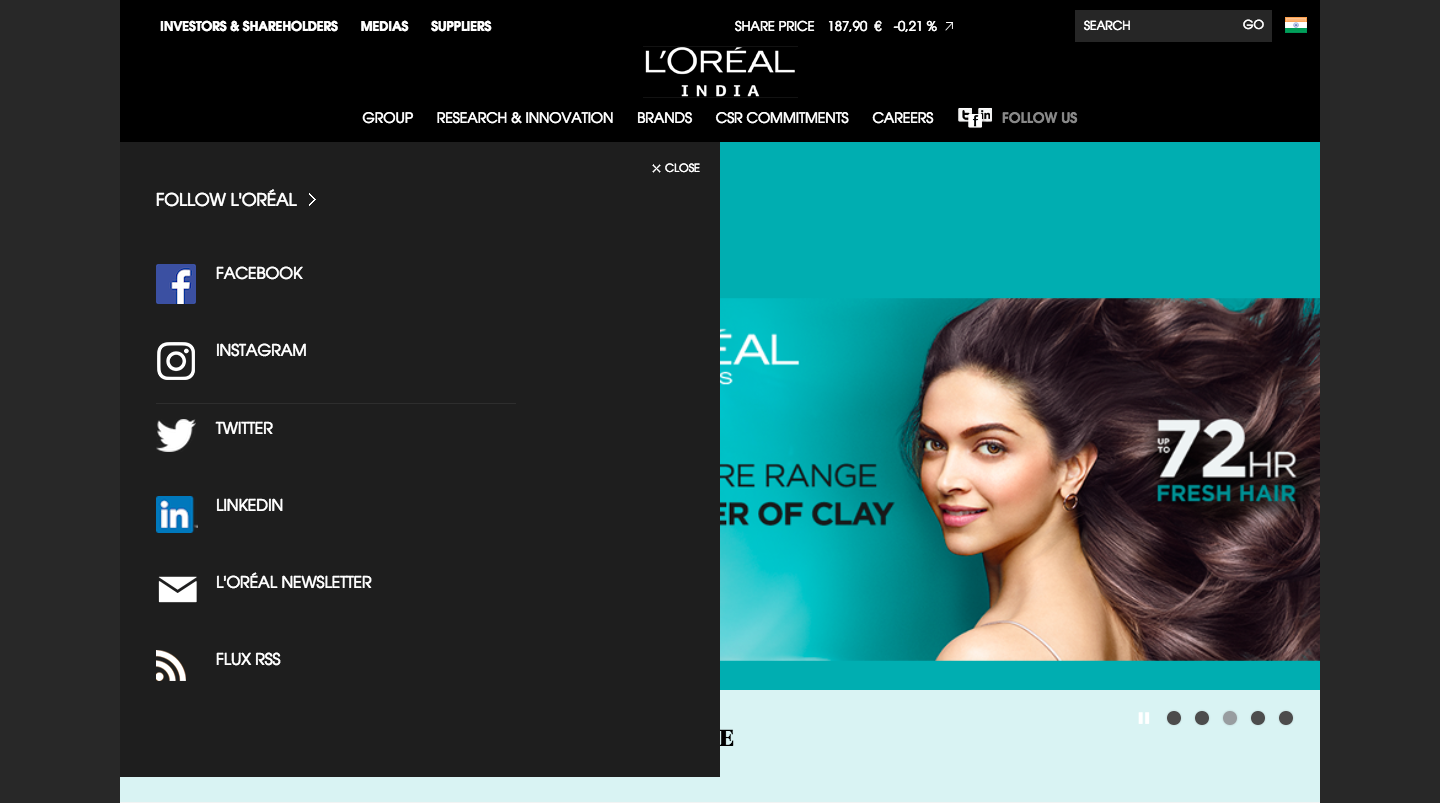
With a Global Language support of over 110 languages, you can reach various demographics.

The time and resources you saved by not entering the industry-standard development cycle can now be utilized to improve the product quality and services as per the collected feedback from the online community or portals.
With Drupal even personalization is easy. You can keep your content relevant to your end user, identify your audience and connect with them in a way they want you to. Apart from monitoring metrics and funnels, you should be understanding factors which affect their behavior.
-
Online Conversions Are a Bliss
Marketing has changed a lot since the advent of e-commerce.
It’s important for FMCG brands to devise compelling marketing strategies to convert their visitors into buyers. Being the main source of information, your website is an important place to carry out new promotional plans.
Major FMCG companies such as ConAgra Foods, Pfizer, and Whole Foods Market sell through their websites.
A study by Statista estimates a growth projection up to 4.06 trillion U.S dollars by 2020, for e-retail sales.
Drupal provides a powerful taxonomy engine, allowing FMCG brands to support intricate designs and complex product categories and catalogs.
Add complex product categories and catalogs with Drupal taxonomy engine
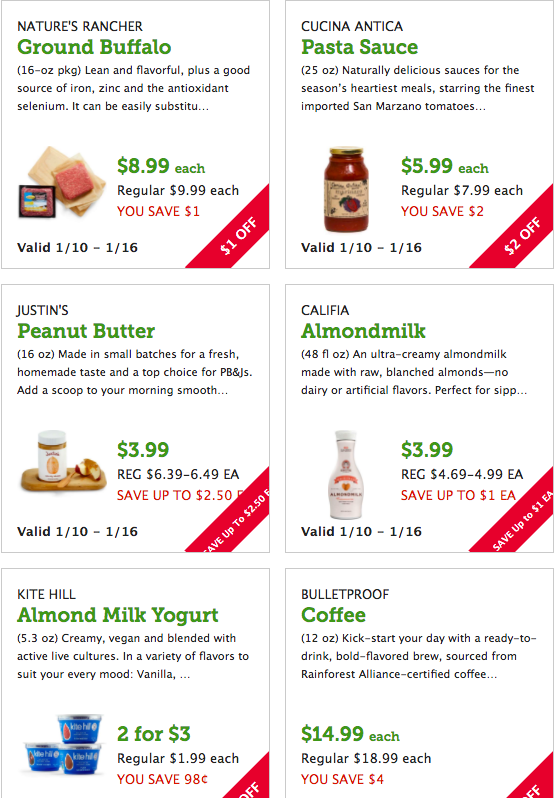
Another example on how supporting intricate designs is easy in Drupal
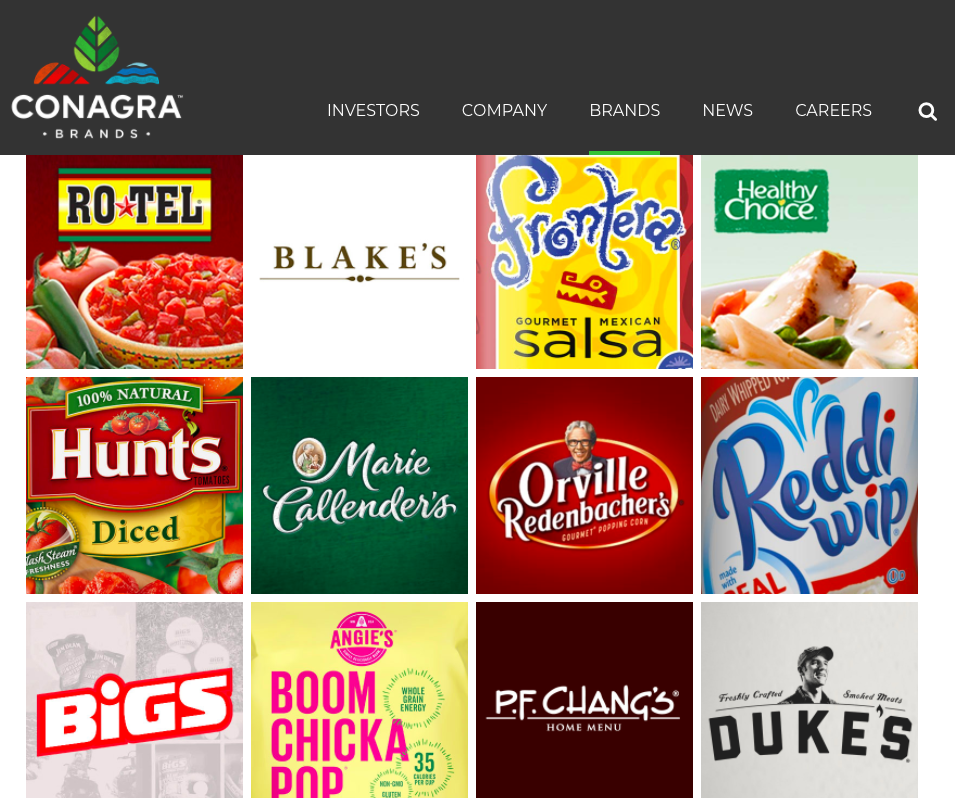
Other requirements faced by FMCG enterprises are frequent price optimizations on the web and payment gateways. Drupal has various modules and distributions to solve this problem as well.
The flexibility of adding different types of products and content is ensured by content creation kit.
Drupal commerce allows your brand to build commercial activities including creating product types, dynamic product displays, order management, Payment method API (allowing many different payment gateways), tax calculation / VAT support and discount pricing rules.
Adding and altering price tags is easier with Drupal
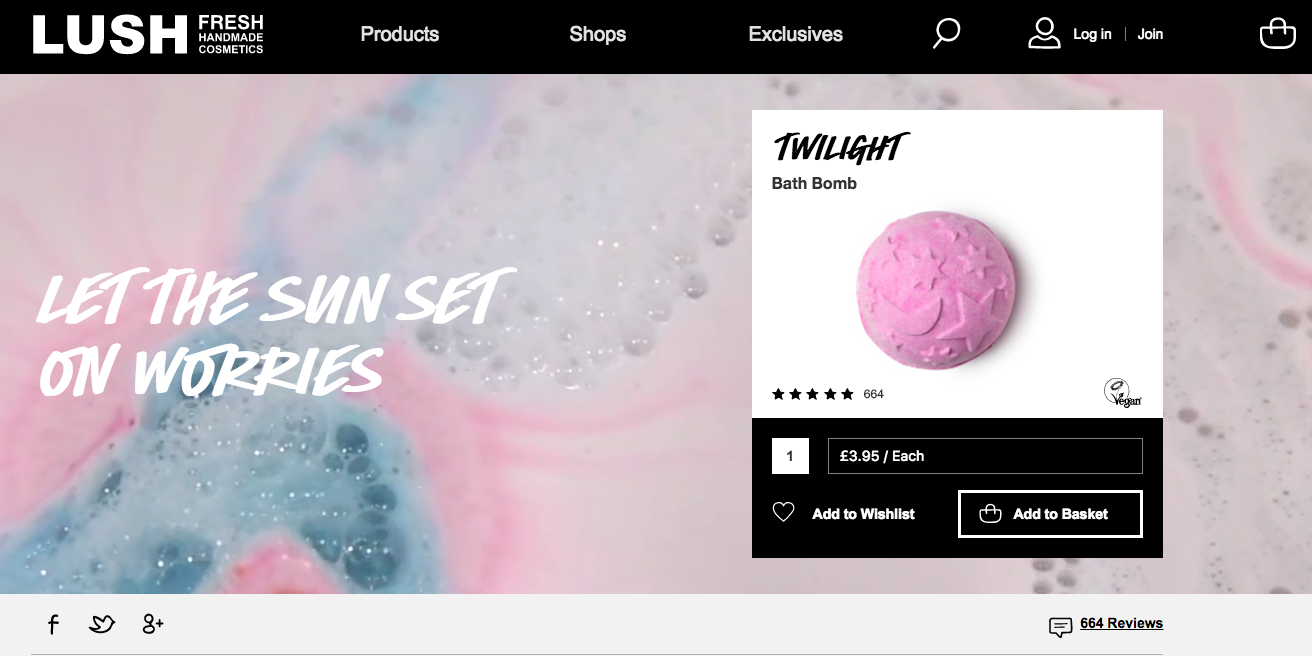

Drupal helps you leverage the benefit of its modules and distributions for easier conversion. Launching a new product is as easy as adding new content. A platform to market your product, Drupal helps you convert your visitors into shoppers.
-
Improved SEO
Every content built on a Drupal site is marked and search engine optimized to make sure your content performs well in the SERPs, without breaking a sweat. SEO is very crucial for FMCG brands because of the availability of similar products in the online market.
An example is given below in the image
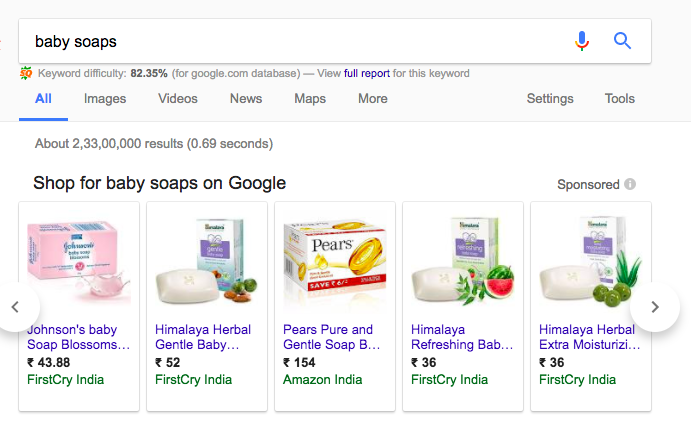
Drupal’s strength lies in creating structured content for the website for easy findability. Schema mapping with product type ensures that the products are mapped by the search engines.
It is easier to define content elements, their attributes, categories and relevant taxonomy terms for relevant and improved search results.
Known as an SEO friendly CMS, Drupal gives the unmatched benefit of its robust architecture and distributions. It provides more than a dozen features and modules to leverage your SEO capabilities.
For a detailed search on SEO please refer to the article 'A Comprehensive SEO Guide For Your Website'.
Speed, another decisive factor in SEO, can be improved with easy caching. The single biggest development to your website performance is to skip as many speed evaluation steps as possible by caching the content of the website.
To Sum Up
To improve the growth and user experience it is important to develop a holistic approach towards the solution to bring utmost ease to your user. The online future of FMCG brands lies in identifying the consumer behavior and adapting themselves.
In order to keep up with the fast evolving web, enterprises are required to closely monitor (the habits) and execute their strategies through their websites. Such challenges can be overcome with the use of smart technology and best practices to reach the target audience at a fairly lower cost.
Drop a line at [email protected] and experience our all-inclusive Drupal services and solutions focussed to fight off the challenges facing FMCG enterprises.
Subscribe
Related Blogs
Inside the Drupal AI Summit: Themes, Speaker and What To Expect

“ The web is changing fast, and AI is rewriting the rules. It writes content, builds pages, and answers questions directly,…
FOST and Drupal AI Initiative: Next Era of Responsible AI

Three years after the launch of generative AI tools marked a new age for artificial intelligence, almost 90% of survey…
Drupal AI Ecosystem Part 5: AI Content Suggestions

Drupal has steadily evolved from being just a content management system into a flexible platform that incorporates emerging…




